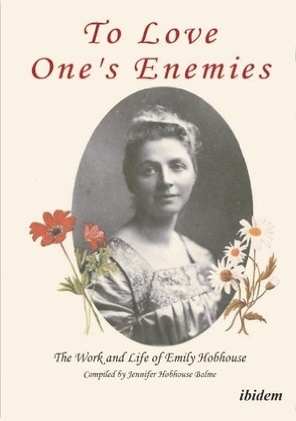|
Liskeard, Cornwall
1st Edition available in-store |
Although this 700 page book is mainly about Emily Hobhouse's work in the Anglo Boer War 1899-1902 when she helped thousands of Afrikaner women and children who were herded into camps by lord Kitchener's army after their farms had been burnt and all their effects destroyed, it also covers other aspects of Emily's life.
Emily Hobhouse was born in 1860 in the tiny Cornish village of St. Ive, near Liskeard, where her father was rector and later Archdeacon, and it was only after he died she was able to expand her horizons. She was 35 and untrained. She went to Minnesota, USA, to do welfare for Cornish and other miners and formed an unfortunate relationship with a man who became Mayor of the town. They planned to marry and live in Mexico, and she went ahead to make the arrangements. After much turmoil in which she was probably cheated the engagement was broken off just before the start of the Anglo Boer war. Emily's father was a Conservative but her uncle, a member of the Judicial Committee of the Privy Council, was a Liberal, and it was through him that she became interested in the politics of South Africa, then a colony. When the war broke out Emily joined the South African Conciliation Committee and then founded the South African Women and Children Distress Fund and went herself to South Africa to see what was needed. Shocked at the conditions, knowing children would die, she did all she could to rectify matters in South Africa and when that was not enough returned to London to force change. Her letters tell the story and are backed up by government records. 26,000 women and children died. On return to South Africa she was deported and unable to get legal redress. After the war she went again to South Africa and in the immediacy arranged a ploughing scheme so farmers could get on their feet and then a home industries scheme for young girls on their lonely farms. Her health broke down and apart from some suffragist work when back in England in 1908 she had to retire to Italy to try to regain her health. It was there that she began her famous corespondence, first with the great commando-general, J.C. Smuts, politician and academic, and then with Isabella Steyn, wife of the former President of the Orange Free State. Her comments on the events of the day show unusual foresight. In 1913 she was invited to South Africa to unveil the monument to the women and children who had died in the Boer War camps and it was there that she met Gandhi who asked her help with problems of immigration from India. |
The 1914-18 European war found Emily an outspoken pacifist and although her work is mentioned, it is told in greater detail in Agent of Peace. After the war finished Emily Hobhouse found herself drawn to physically help the half starved children of Europe. Food was provided for the children of Petrograd (St. Petersburg) but she was especially drawn to help the children of Leipzig. She was helped by the Save the Children Fund and later by the South Africans who, remembering what she had done for them in the Anglo Boer War, also gave her money so she could buy a home in her precious Cornwall and so do her writing. This story is included in Living the Love. She died in 1926 and her ashes were buried with honour in the memorial to the Boer dead in South Africa.




